Best Time for Patio Slab Liftings
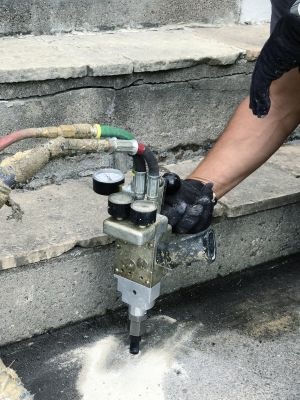
Spring offers moderate temperatures ideal for slab lifting projects, reducing the risk of cracking due to temperature fluctuations.
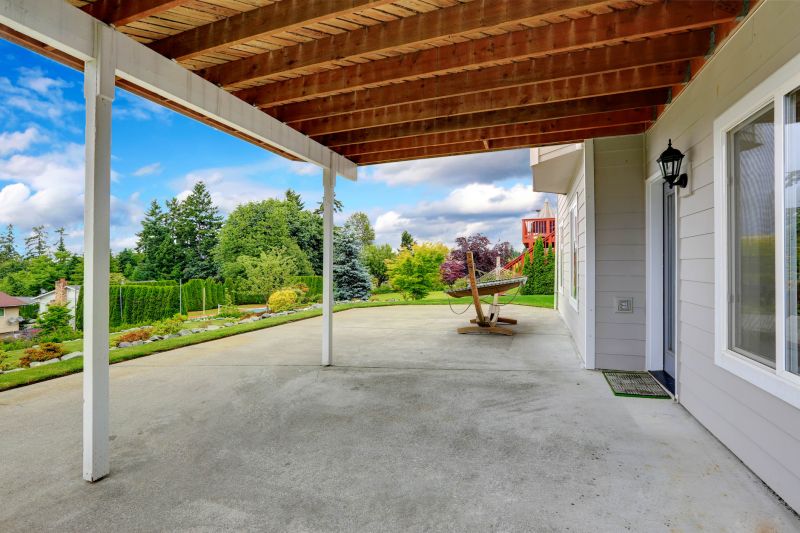
Summer provides warm weather and longer daylight hours, facilitating timely repairs and minimal disruption.
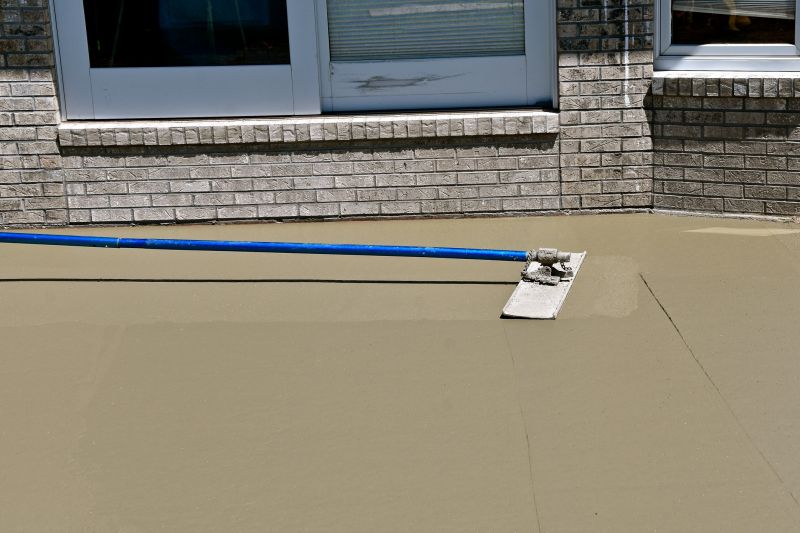
Fall's cooler temperatures and lower humidity levels help ensure proper curing and settling of lifted slabs.

Ways to make Patio Slab Liftings work in tight or awkward layouts.
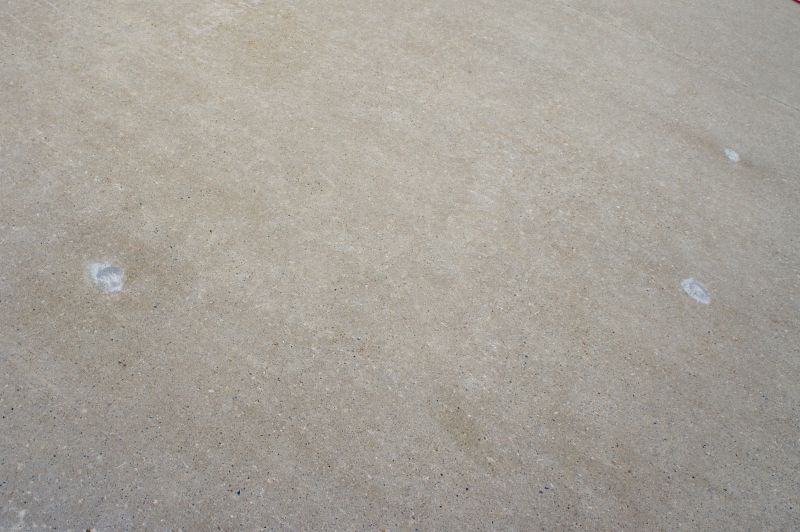
Popular materials for Patio Slab Liftings and why they hold up over time.
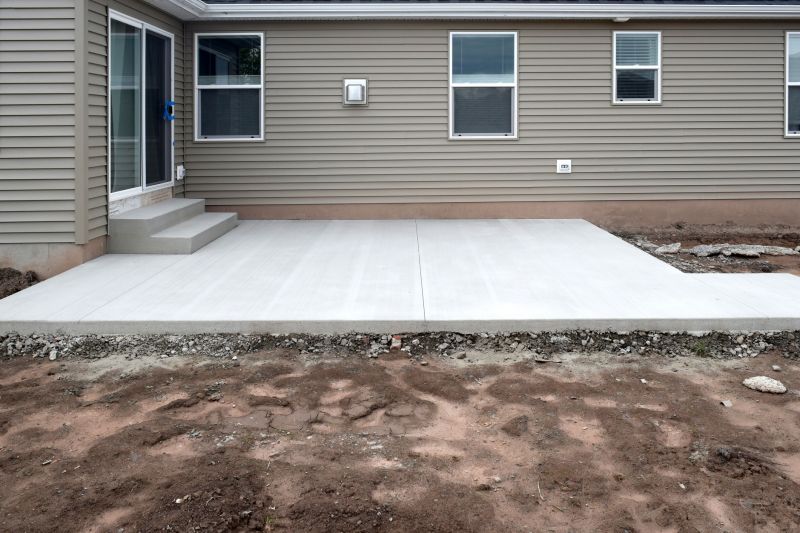
Simple add-ons that improve Patio Slab Liftings without blowing the budget.
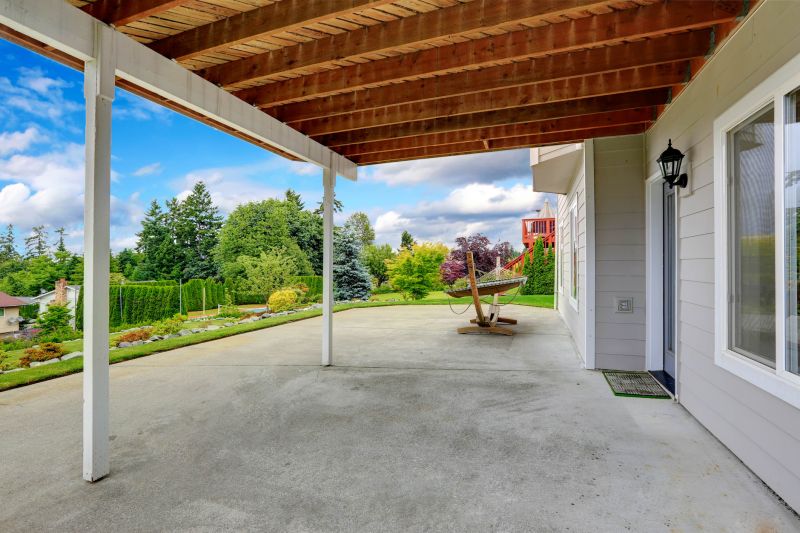
High-end options that actually feel worth it for Patio Slab Liftings.
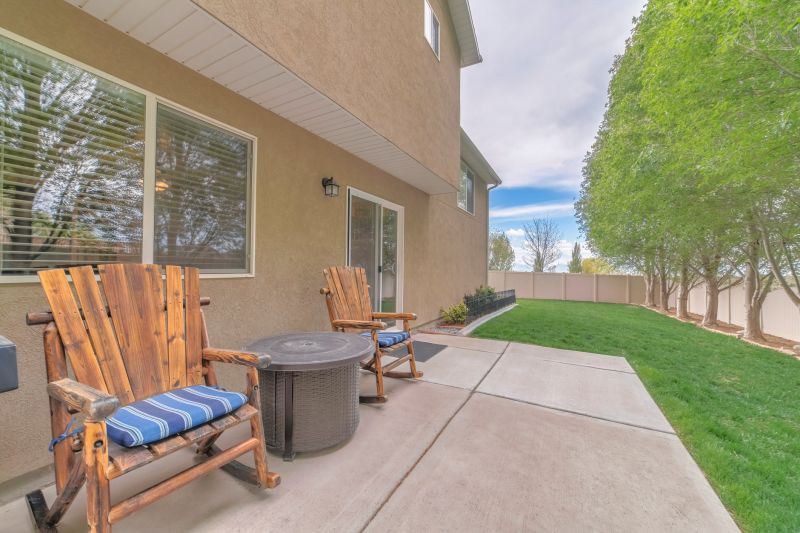
Finishes and colors that play nicely with Patio Slab Liftings.
Patio slab liftings involve raising sunken or uneven concrete slabs to restore a level surface. This process is essential for maintaining safety, preventing further damage, and improving aesthetic appeal. Proper timing of slab liftings can enhance the longevity of the repair and reduce potential issues caused by environmental factors.
Statistics indicate that performing slab liftings during milder weather conditions results in fewer callbacks and longer-lasting results. Cooler temperatures help concrete cure properly, reducing the risk of cracks and shifting. Additionally, scheduling during seasons with less rainfall minimizes delays and complications during the lifting process.
Weather conditions significantly influence the success of patio slab liftings, with moderate temperatures being optimal.
Extremes in temperature can cause concrete to crack or not cure properly, affecting the durability of the lift.
Planning slab liftings during spring or fall can lead to better results due to stable weather conditions.
Avoiding rainy or humid periods ensures the concrete sets correctly and reduces the risk of future settling.
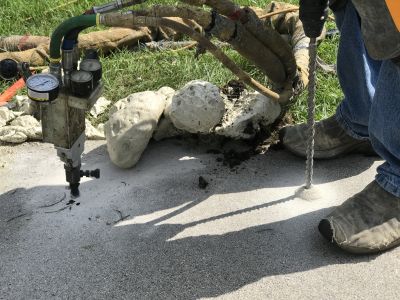
A technician uses specialized equipment to lift and level a sunken patio slab.
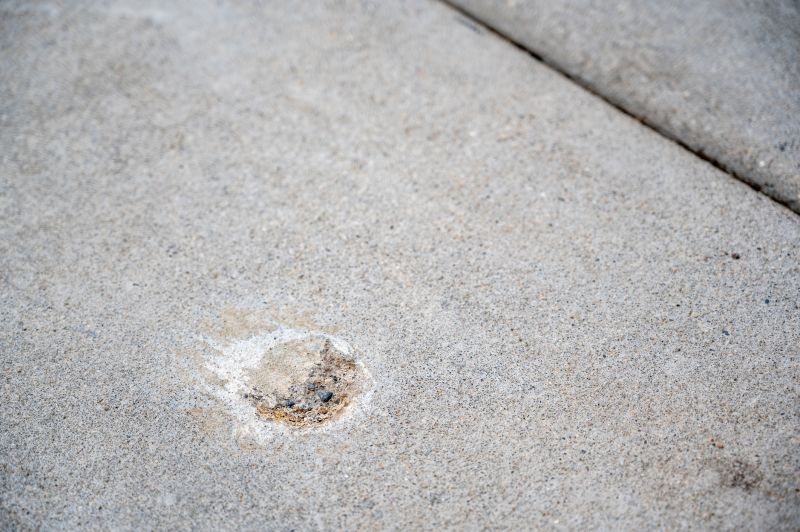
Comparison of a sunken slab prior to lifting and after being leveled.
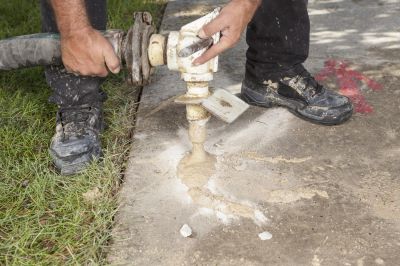
Images depicting ideal weather conditions for slab lifting projects.
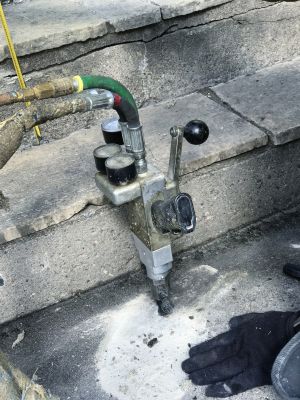
Tools and machinery used during the patio slab lifting process.
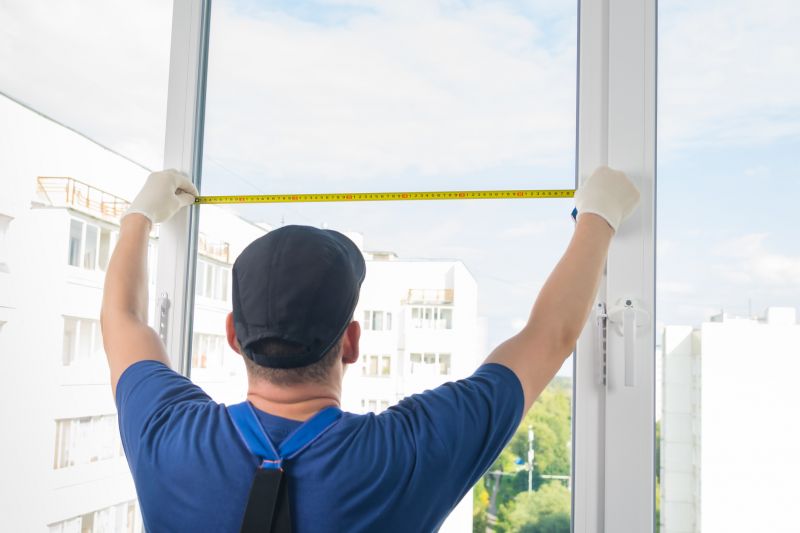
Little measurements that prevent headaches on Patio Slab Liftings day.
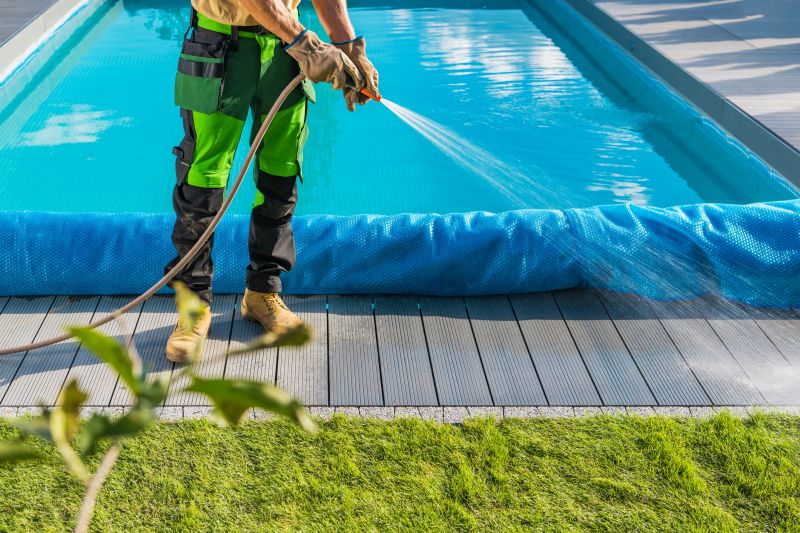
A 60-second routine that keeps Patio Slab Liftings looking new.
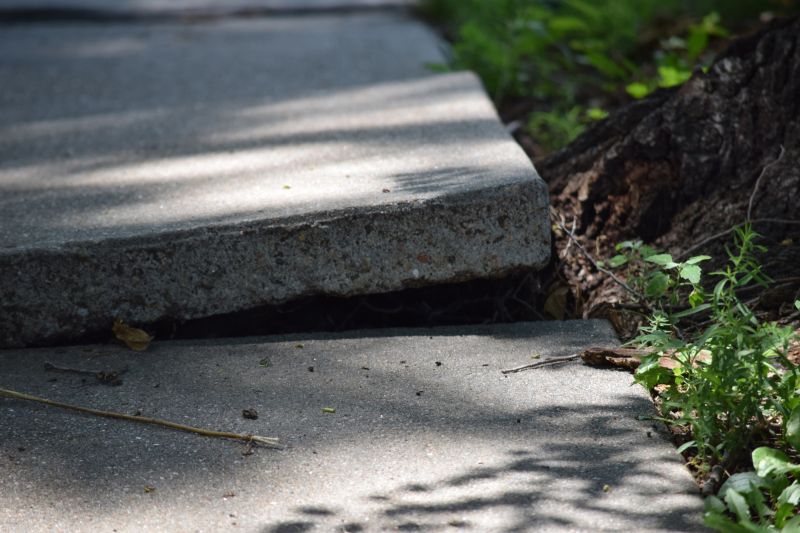
A frequent mistake in Patio Slab Liftings and how to dodge it.
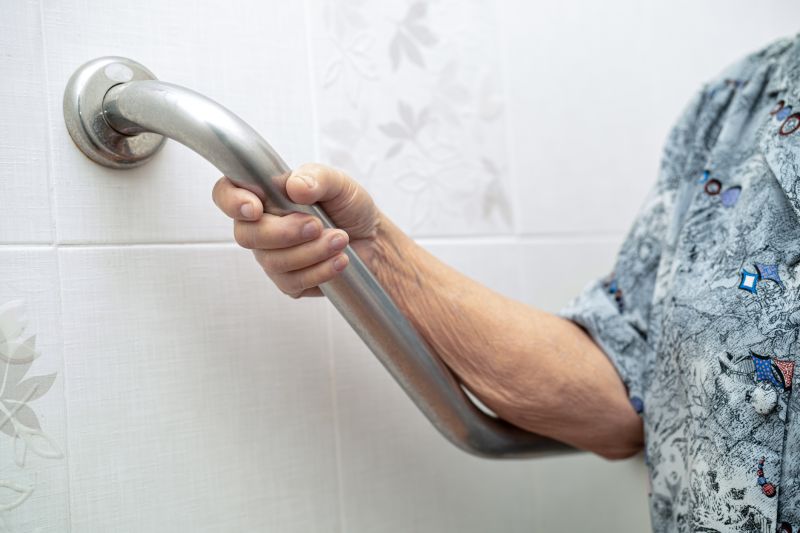
Small tweaks to make Patio Slab Liftings safer and easier to use.
| Season | Ideal Conditions |
|---|---|
| Spring | Moderate temperatures, low humidity |
| Summer | Warm weather, longer days |
| Fall | Cooler temperatures, dry conditions |
| Winter | Not recommended due to cold and moisture |
Choosing the right time for patio slab liftings can ensure the longevity and effectiveness of the repair. Spring and fall are generally preferred due to stable weather and moderate temperatures. Summer can also be suitable, provided temperatures are not excessively high. Winter is typically avoided because cold weather and moisture can hinder proper curing and cause additional issues.

Spring offers optimal conditions for patio slab repairs, with mild weather supporting proper curing.

Summer projects require planning around peak heat periods to prevent cracking.

Fall's cooler weather helps slabs settle evenly after lifting.
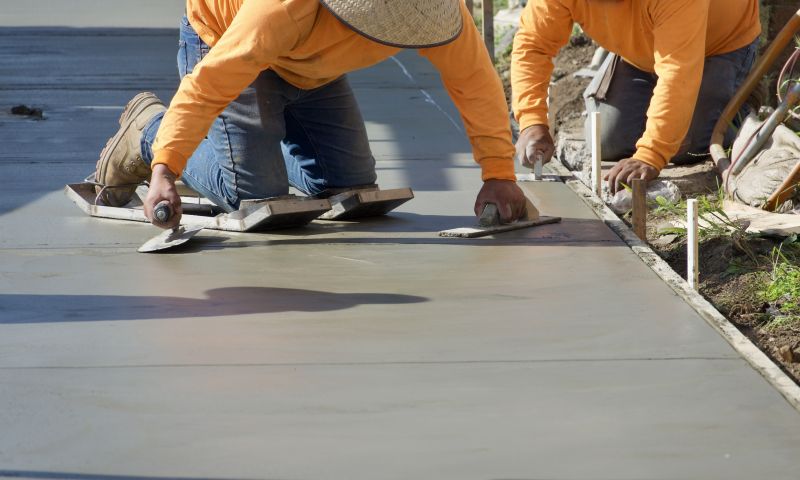
Cold and wet conditions can delay or complicate slab lifting projects.

Lower-waste or water-saving choices for Patio Slab Liftings.
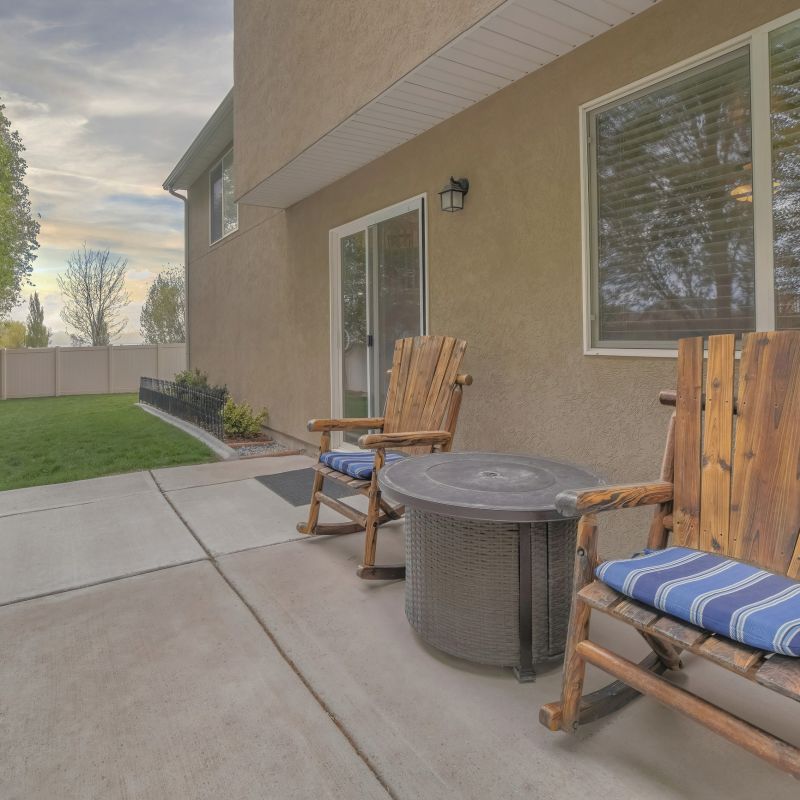
The short, realistic tool list for quality Patio Slab Liftings.

Rough timing from prep to clean-up for Patio Slab Liftings.
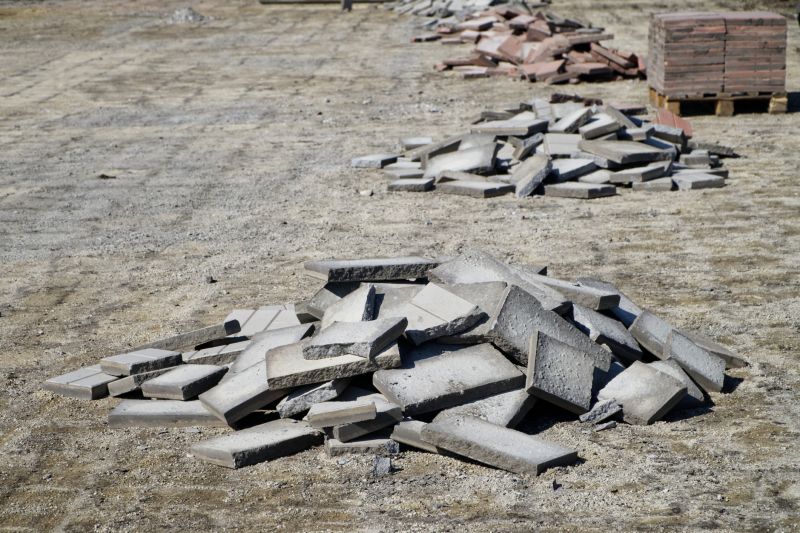
Quick checks and paperwork to keep after Patio Slab Liftings.
Interested in restoring a level patio surface? Filling out the contact form can provide more information and assistance in scheduling slab lifting services at the most suitable time.



